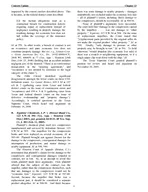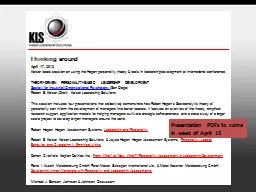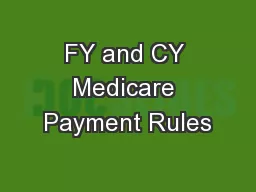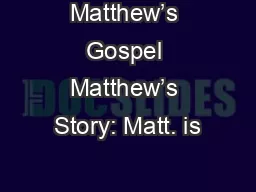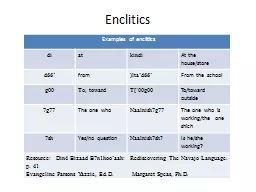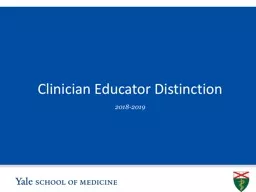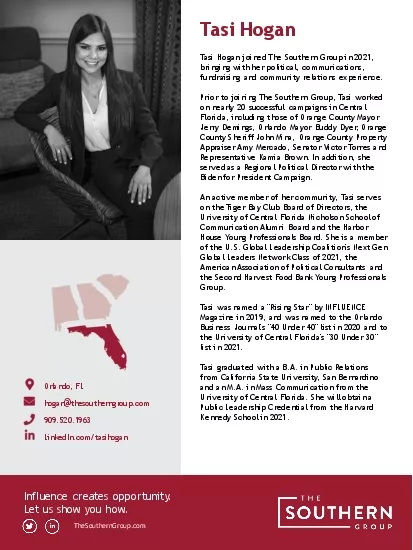PDF-DEVELOPMENTS IN THE TEXAS CONTORT DISTINCTION JENNIFER BRUCH HOGAN MATTHEW E
Author : pasty-toler | Published Date : 2015-03-10
COVELER ILLSBURY INTHROP HAW ITTMAN LLP 909 Fannin 22nd Floor Two Houston Center Houston Texas 77010 State Bar of Texas 22 ND ANNUAL ADVANCED PERSONAL INJURY LAW
Presentation Embed Code
Download Presentation
Download Presentation The PPT/PDF document "DEVELOPMENTS IN THE TEXAS CONTORT DISTIN..." is the property of its rightful owner. Permission is granted to download and print the materials on this website for personal, non-commercial use only, and to display it on your personal computer provided you do not modify the materials and that you retain all copyright notices contained in the materials. By downloading content from our website, you accept the terms of this agreement.
DEVELOPMENTS IN THE TEXAS CONTORT DISTINCTION JENNIFER BRUCH HOGAN MATTHEW E: Transcript
Download Rules Of Document
"DEVELOPMENTS IN THE TEXAS CONTORT DISTINCTION JENNIFER BRUCH HOGAN MATTHEW E"The content belongs to its owner. You may download and print it for personal use, without modification, and keep all copyright notices. By downloading, you agree to these terms.
Related Documents

